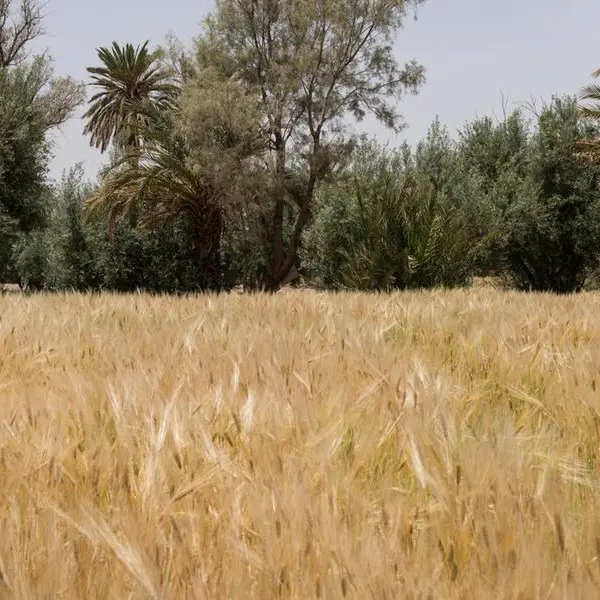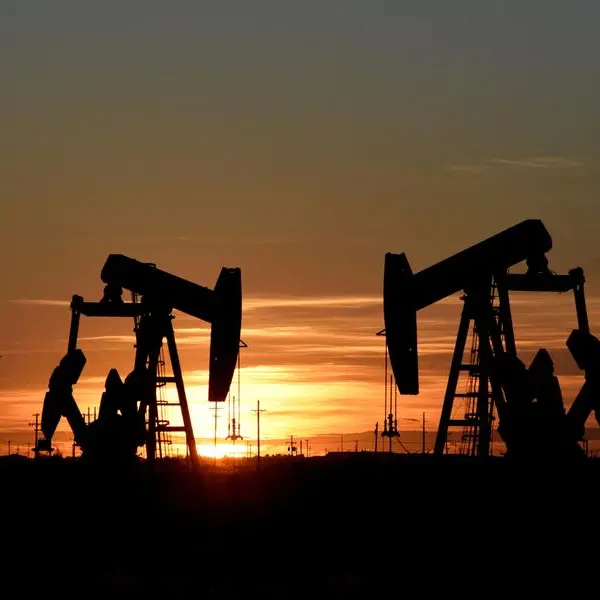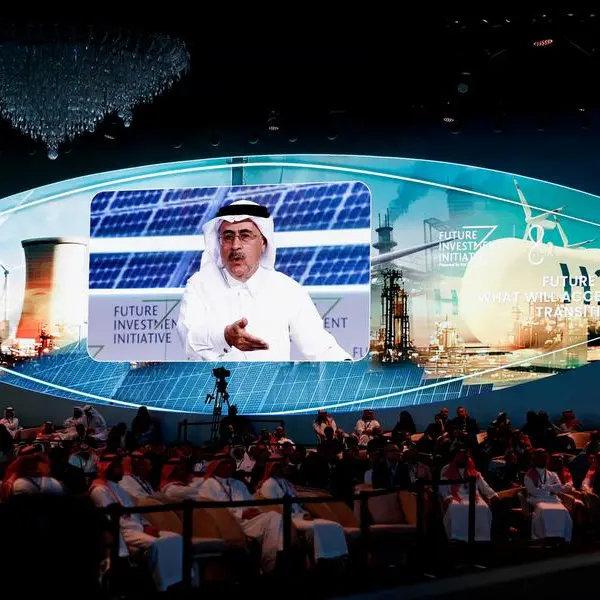PHOTO
LAUNCESTON, Australia: The changing nature of China's commodity demand is neatly encapsulated by the latest results of BHP Group, the world's biggest mining company and a major supplier to the top global buyer of iron ore, coal and copper.
BHP reported a steady first-half result on Tuesday, recording $6.6 billion in underlying profits, the same as the year-earlier period and beating an LSEG estimate of $6.42 billion.
The profit outcome was achieved despite a slower global economy, with both weakness in developed nations and in China, which struggled to boost its economy after ending its strict zero-COVID policy.
If there was a cloud to BHP's earnings, it was the $5.7 billion in impairments and charges it booked, relating to writing down the value of nickel business in Western Australia state and charges against the Samarco iron ore operations in Brazil to cover for the dam collapse in 2015.
But the main theme of the BHP results is that China is transitioning from being the main driver of growth in demand for commodities, to being a steady source of demand, albeit a very significant one.
China had record iron ore consumption in 2023 and steel output was above 1 billion metric tons for a fifth straight year, numbers that allowed BHP to record a 6% rise in revenue growth.
Iron ore is BHP's biggest product, accounting for 68% of the group's underlying profits.
But the China growth story is likely easing, with BHP saying in its results statement that it expects only "modest growth in steel production in line with our long-held view that China's steel production would sit at a plateau in the 1.0 to 1.1 billion tons per annum range in the first half of the 2020s."
The good news for iron ore miners is that India and Southeast Asia are also expected to increase steel output in coming years, which may offset any decline in China.
With supply growth also modest, BHP expects a largely balanced iron ore market, which in turn should lead to relatively stable prices over the year ahead.
Iron ore futures in Singapore ended at $128.51 a ton on Monday, roughly in the midpoint of the broad $100-$144 range that has prevailed since December 2022.
COPPER, COAL
It's much the same story for copper, with BHP expecting a recovery in demand as China's economy improves and inflation worries ease in the developed world, leading to a balanced market.
"In the near term, we expect broad-based end-user demand growth in China to continue, albeit at a somewhat slower pace than the 6% year-on-year rate seen in calendar year 2023," BHP said.
In addition to being the world's third-biggest miner of iron ore and copper, BHP ranks first in metallurgical coal, the key energy source for turning iron ore into steel.
This type of coal is less dependent on Chinese demand given that much of the country's requirements are sourced from domestic mines and from neighbouring Mongolia.
Nonetheless, BHP said the operation of domestic mines and overland imports from Mongolia are key uncertainties for the market in the coming year.
However, India is expected to maintain its momentum and should provide solid demand growth for seaborne metallurgical coal given the South Asian nation's paucity of domestic supplies.
BHP is bullish on the long-term outlook for metallurgical coal, believing it will be needed to make steel for decades, but supply is likely to be constrained by a lack of investment in new production.
Overall, BHP's outlook for its major commodities remains tied to the fortunes of China, with a side-helping of India.
But with China's economy maturing, the question for miners like BHP is whether there will be enough growth outside of China to allow for sustained increases in commodity demand.
Disclosure: At the time of publication Clyde Russell owned shares in BHP as an investor in a fund.
The opinions expressed here are those of the author, a columnist for Reuters. (Editing by Stephen Coates)























